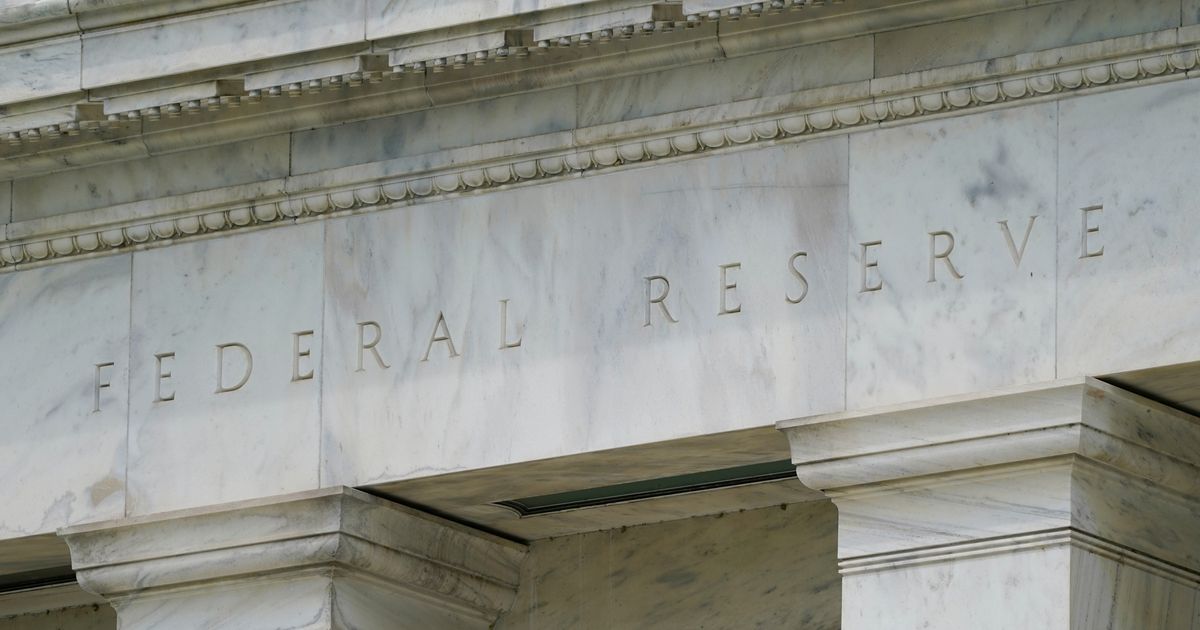Fed survey finds economy faces supply chain, other bottlenecks
WASHINGTON (AP) – The Federal Reserve reports that the economy faced a number of headwinds earlier this month, ranging from supply chain disruptions and labor shortages to the uncertainty regarding the delta variant of COVID.
In its latest survey of business conditions in the country, the Fed said on Wednesday that a majority of its 12 regions viewed consumer spending, the main driver of the economy, as remaining positive despite various slowdowns.
However, the report noted large differences in performance. He noted that auto sales have suffered due to limited inventory due to issues obtaining critical semiconductor components. Manufacturing, meanwhile, increased moderately or sharply depending on the Fed’s district.
“The near-term outlook for economic activity has remained positive overall, but some districts have noted increased uncertainty and more cautious optimism than in previous months,” the Fed said in the Business Conditions Report. nationwide, known as the Beige Book.
The report, based on surveys of the business contacts of the Fed’s 12 regional banks, will form the basis for discussion at the next central bank officials meeting on November 2-3.
The Fed is expected to make a big announcement at this meeting that it will start cutting, or shrinking, its $ 120 billion monthly bond purchases from November or December.
These purchases were designed to give the economy an extra boost by keeping long-term interest rates low.
A movement to reduce purchases should be followed in the second half of next year with the first rate hikes. The Fed’s benchmark interest rate has been at an ultra-low zero to 0.25% since the COVID pandemic hit hard in the spring of 2020, but there are more and more calls for it to start pulling back its support in the face of rising price pressures this year.
The Beige Book found prices “significantly high” with widespread increases across all industrial sectors due in large part to supply chain bottlenecks.
The prices of steel, electronic components and shipping costs all “increased markedly” during the investigation period, according to the report.
Expectations for future price increases varied, according to the Fed report, with some trade contacts expecting prices to stay high or even increase further, while others expect prices to moderate. over the next 12 months.
Fed board member Randall Quarles said in a speech on Wednesday that he believed high inflation would start to “drop significantly next year from its currently very high rate.” This reflects his belief that the factors currently disrupting the economy, such as supply bottlenecks, “appear likely to fade over time.”
The Beige Book report noted that while demand for labor was high, job gains had been held back by a low supply of workers, forcing many retail, hospitality and manufacturing companies reduce their hours or production because they did not have enough employees.
“Companies have reported high turnover when workers have left for other jobs or have retired,” the Fed report said. “Child care issues and immunization warrants have been widely cited as contributing to the problem.”
In an effort to deal with labor shortages, the Fed said many companies were offering more training to potential workers and also increasing wages.
In addition to higher starting wages and increased wages to retain workers, companies said they offered signing and retention bonuses, flexible working hours or longer vacations as other incentives, according to the Fed’s survey.
The Fed’s report was based on interviews conducted by the 12 regional banks on or before October 8.

